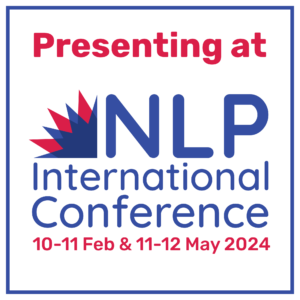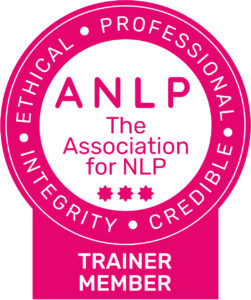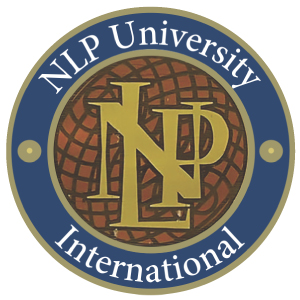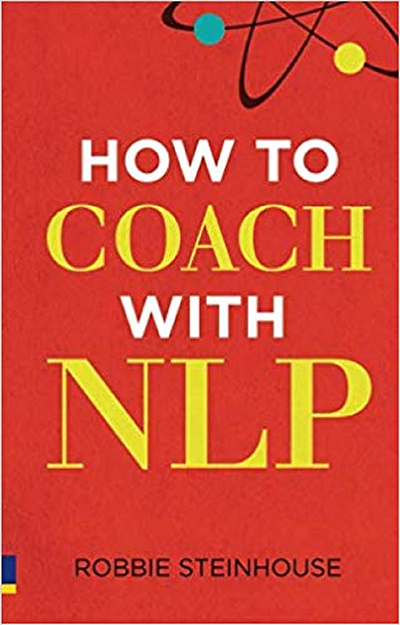Bringing Together NLP and TA to Coach Trauma

Having just finished teaching an NLPU Master Practitioner in Malaysia, I continue to be astonished at the amazing transformational power of Robert Dilts’ Re-imprinting Process for trauma, and how closely it can relate to the Drama Triangle.
I use the combination of NLP and TA when I find that a client has had a ‘life-defining moment’ in their childhood.
Trauma in childhood: an example
One example was when a client’s father told him at the age of 14, “You either leave school tomorrow and work on the farm, or you are not welcome to return here again.”
The client chose education, and never saw his family again.
He went on to university and had a relatively successful career, though not as fulfilling as he had hoped. He seemed a natural leader, yet chose to work in temporary roles, which didn’t allow his talents to shine.
By his 50s, he was looking for some way of overcoming this traumatic event, three and a half decades on.
‘Re-enacting’ scenes of trauma
The core of the Process is to ‘re-enact’ the scene from the perspective of each of the key players.
As these come from childhood, this usually means both parents, plus any other significant people who were present. The client is not a passive participant in the re-enactment, however.
Re-imprinting gets them to rewrite the scene by endowing every participant with ‘resources’ (usually personal qualities, such as detachment or courage) which they lacked at the time.
Why victims of trauma get stuck
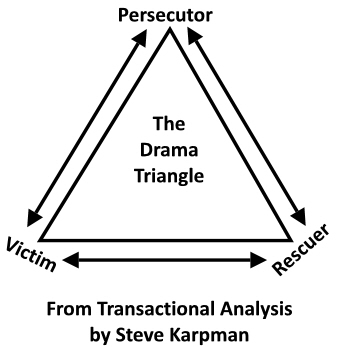
Part of the reason that people get stuck in traumatic scenes is because they remember the scene from the perspective of the Drama Triangle ‘Victim’, hating the Persecutor and wanting to rescue the other Victims within the story.
The trouble with this is that they become locked in this one-sided view.
They need to form a more objective perspective on each of the participants. They need to understand that each participant has their own unique weaknesses and ways of seeing the world which force them onto the Drama Triangle too.
Locating positive intentions
The client will also look for some kind of positive intention in each participant.
The Re-imprinting Process allows them to do all this. They may not emerge from it agreeing with the other participants, but they will understand them better, and thus have a much better chance of forgiveness and, as a result of that, of healing.
Unlocking potential
Two weeks after that session, my client told me he had accepted an offer to become CEO of a major firm. He is now flying all over the world. The Re-imprinting Process had unlocked the key to his obvious potential in a remarkably rapid and positive way.
Did you like this post?
Then check out our events and courses!
Where to find us
For posts, events, free open days and more, follow NLP School on:
What to read next
How Transactional Analysis Can Help You With Lockdown Guilt
How to Manage Negative Feelings and Reactions




